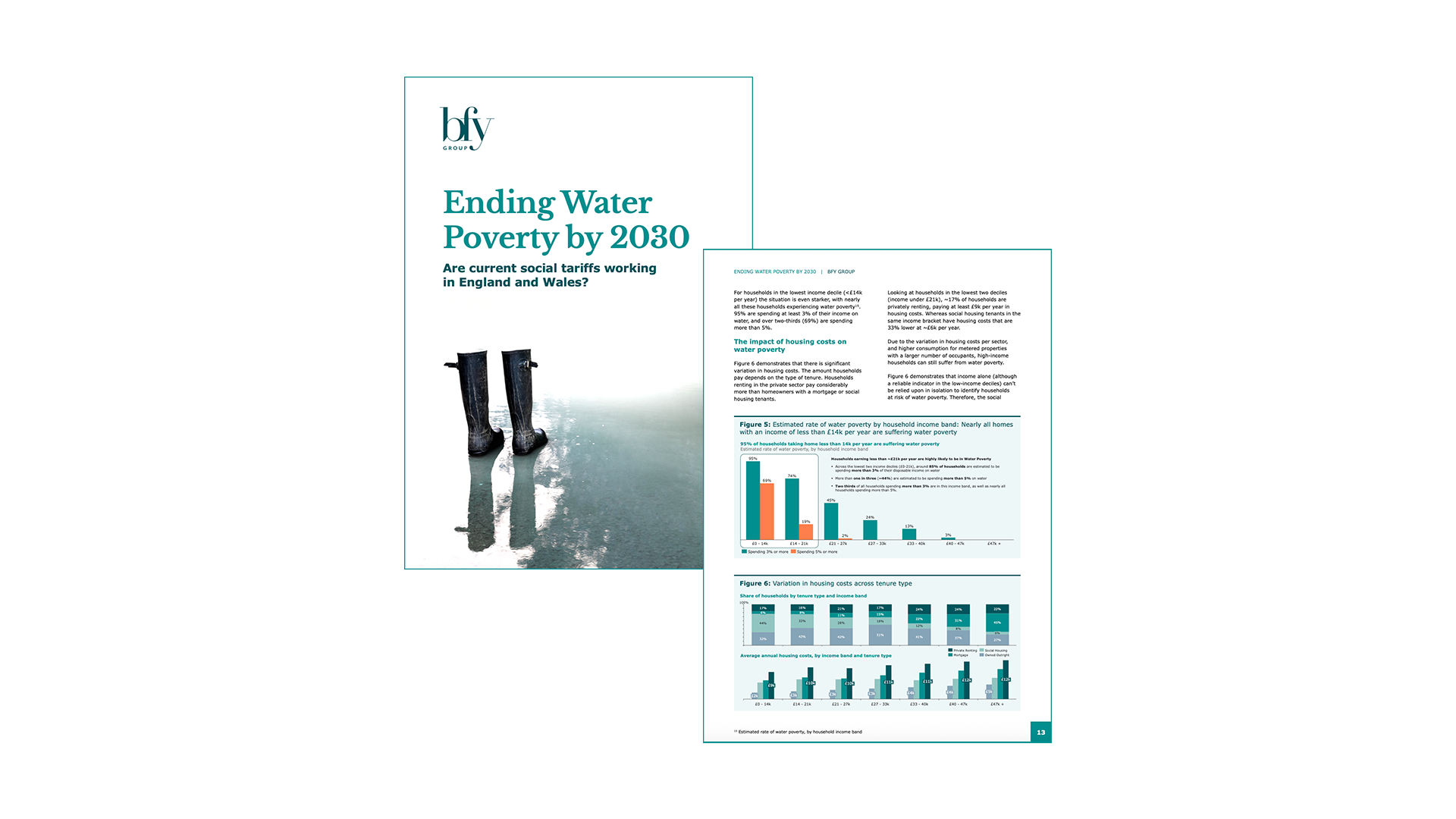Blog


Record energy debt of £4.48bn reinforces need for deeper, coordinated action
Domestic energy debt has climbed to £4.48bn in Ofgem’s latest update, a ~£55m rise in the last quarter and ~£660m higher than a year ago. It's clear that more is needed to take control of the problem, with pressure set to grow over winter.

Three steps to improve collections as debt continues to rise
In this second article about reducing debt, we’re building on the short-term actions we shared in part one. We’re also featuring the stories and results from a few of our clients to help you take action, including how we delivered ~£50m benefit in 6 months. Being more proactive with your own debt will help you boost collections, improve systems and protect your organisation from future market changes, reforms and challenges.

How to protect customers and profits as household water debt reaches £2bn
Water debt now exceeds £2bn, while customer satisfaction is at an eight-year low, and regulatory pressure continues. It's making collections increasingly difficult, and placing further strain on bottom-line performance. Over the next two articles, we're looking at what it'll take to address this problem. We'll share practical steps to strengthen debt management, improve segmentation, and deliver hidden value.

How to reduce B2B energy debt today and build future resilience
B2B energy debt continues to rise, now expected to stand at £2bn, putting cashflow and capital adequacy under further strain for suppliers. Over the next two articles, we're looking at what it'll take to address this problem.

Energy debt hits record £4.43bn as doubts grow over interventions
Ofgem's latest figures show domestic energy debt has reached a record £4.43bn, increasing by £0.73bn in the past year, and £0.3bn in the past three months. It's the 11th consecutive quarterly rise, reinforcing the urgent need for targeted support.

Report: Ending Water Poverty by 2030 - Are current social tariffs working?
Our latest analysis suggests 25% of households in England and Wales could be in water poverty, yet support remains fragmented and inconsistent. In our full report, we explore the drivers of affordability pressures and present a considered case for a more consistent and effective national approach.

Using accountability and incentives to manage agents effectively
In part three of our Driving Agent Outcomes series, we look at what it takes to build a culture of ownership – from setting clearer expectations to using performance insight in a way that builds confidence. We share practical ways to embed higher standards and stronger accountability at scale.

Using data driven insight to enhance customer interactions
A lot of contact centres have the data, but not the leadership capability to turn it into action. In part two of our Driving Agent Outcomes series, we explore how simple, repeatable routines can help leaders use insight to drive behavioural change.

Transforming debt collection performance with frontline excellence
With customer debt at an all-time high and pressure on contact centres rising, upskilling agents for complex conversations is crucial to drive better outcomes, for your business and customers. In the first article of our four-part series, we share proven insights from our people transformation offering, helping one supplier to unlock £1m in cash within three months.

Energy debt reaches £4.15bn, an increase of £0.84bn in 12 months
Domestic energy debt has reached a new high of £4.15bn in Q1 2025, an increase of £0.84bn compared to Q1 last year. This marks the tenth consecutive quarter of rising domestic debt, growing by ~£300m in the last quarter alone.

Rethinking Fuel Poverty: Targeted Support, Tangible Impact
In March, we published a report with So Energy to better understand the true scale of fuel poverty in Great Britain, and what it’d take to meaningfully reduce it. In this article, we revisit the core insights from that report, look at what’s changed since, and explore what energy suppliers can do now to improve how they identify, engage and support customers who are struggling.

£3.85bn of reasons to address fuel poverty - and how
Fuel poverty is a bigger problem than ever before. Over 20% of households are affected, according to our research with So Energy. Historically high energy prices, inflation, distrust and wider financial challenges are confounding the issue. At a recent roundtable, we sat down with energy suppliers, consultants and debt charities to discuss the issue and potential solutions.

Subscribe today to receive the latest news and updates from BFY
By submitting my personal data, I consent to BFY collecting, processing, and storing my information in accordance with our Privacy Policy.
